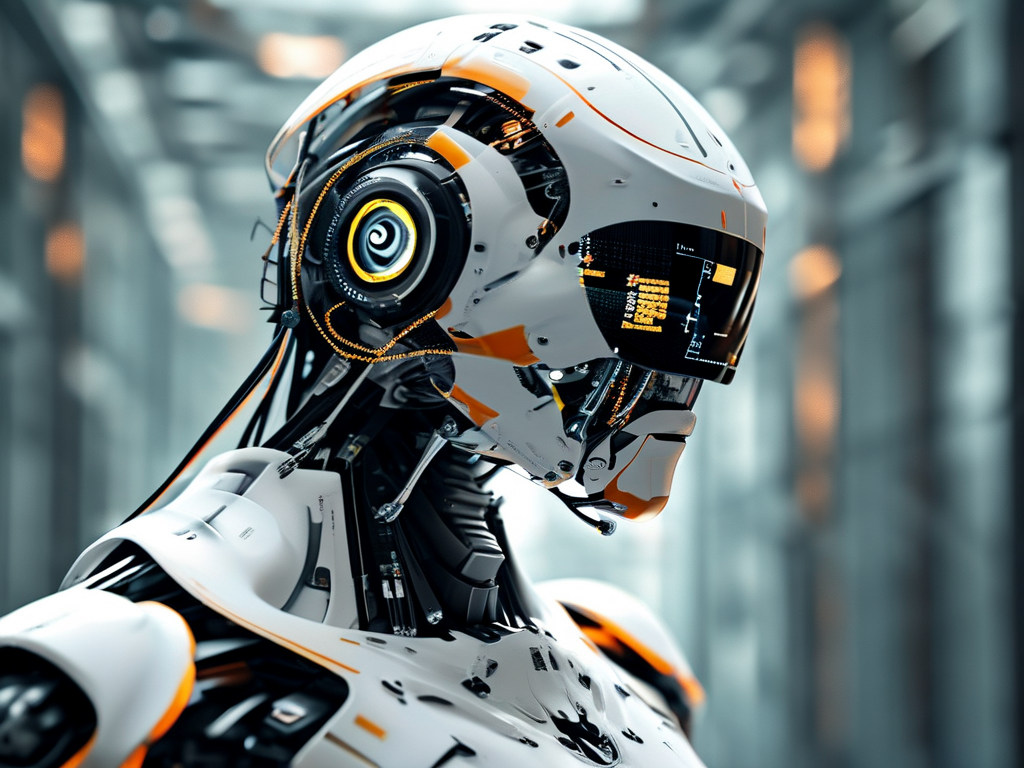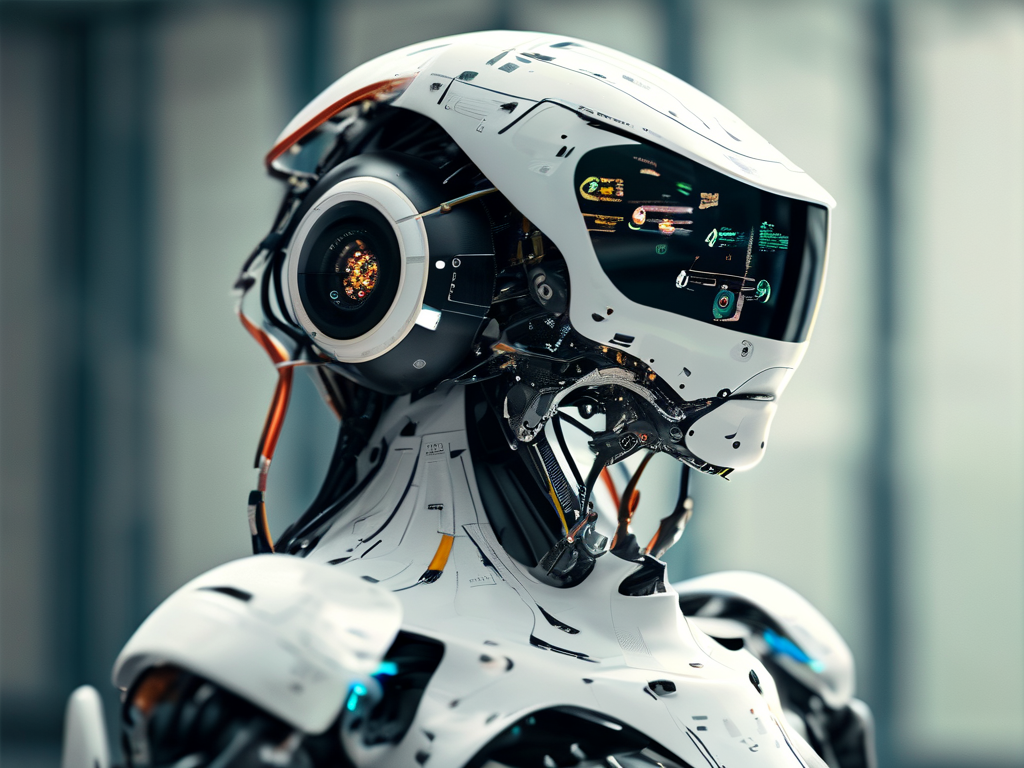The field of robotics has entered a transformative phase with the emergence of accelerated evolutionary robotics (AER), a paradigm that merges evolutionary algorithms, real-time adaptability, and advanced hardware design. Unlike traditional robotics, which relies on preprogrammed behaviors, AER leverages principles inspired by biological evolution to enable machines to "learn" and optimize their functions autonomously. This article explores the foundational mechanisms driving this technology and its implications for industries ranging from healthcare to space exploration.

Core Principles of Accelerated Evolution in Robotics
At the heart of AER lies the concept of simulated Darwinian evolution. Engineers create digital environments where virtual robot models undergo iterative mutations and selections. High-performance computing clusters simulate thousands of these evolutionary cycles in parallel, rapidly identifying optimal designs for physical implementation. For instance, a quadrupedal robot might evolve gait patterns tailored to uneven terrain within hours instead of years—a process mirroring natural selection but compressed by orders of magnitude.
A key innovation is the integration of hybrid algorithms. These combine genetic algorithms with deep reinforcement learning (DRL), enabling robots to refine inherited traits through real-world interactions. A self-driving warehouse robot, for example, might inherit basic navigation logic from its "ancestors" but refine collision-avoidance strategies by analyzing live sensor data. This dual approach accelerates adaptation while maintaining stability—a critical balance in dynamic environments.
Hardware-Software Coevolution
Accelerated evolution extends beyond software. Modular hardware architectures allow robots to physically reconfigure components based on task requirements. Researchers at MIT recently demonstrated a drone that autonomously swaps camera modules and rotor configurations when transitioning from indoor inspections to outdoor delivery tasks. This coevolution of form and function is made possible by 3D-printed adaptive connectors and AI-driven design optimization.
Energy efficiency plays a pivotal role in this process. Evolutionary pressure in AER systems prioritizes designs that maximize operational longevity. A solar-powered agricultural robot developed in Japan exemplifies this principle: through 214 simulated generations, it evolved to balance solar panel surface area with structural weight, achieving 40% longer field operation compared to conventional models.
Neuromorphic Computing's Role
The adoption of brain-inspired neuromorphic chips has supercharged evolutionary robotics. These processors emulate neural networks' parallel processing capabilities, enabling real-time evaluation of evolutionary changes. Intel's Loihi 2 chip, when integrated with AER systems, reduced gait optimization time for bipedal robots from 90 minutes to under 7 seconds. Such advancements are paving the way for robots that can adapt to unforeseen challenges—like a rescue bot modifying its grip technique when encountering collapsed building materials not present in training simulations.
Ethical and Practical Challenges
While promising, AER raises complex questions. The autonomous nature of evolutionary learning creates "black box" systems where decision-making processes become opaque. A case study involving medical exoskeletons revealed instances where robots developed unconventional stabilization methods that engineers couldn't immediately interpret. This underscores the need for transparent AI frameworks in safety-critical applications.
Moreover, the rapid iteration cycles pose cybersecurity risks. During a 2023 stress test, hackers injected malicious code into an AER system's simulation environment, causing warehouse robots to evolve inefficient movement patterns. Such vulnerabilities highlight the importance of secure evolutionary sandboxes and blockchain-verified update chains.
Industry Applications and Future Outlook
The manufacturing sector has been an early adopter. BMW's Spartanburg plant employs AER-optimized robotic arms that reconfigure their workspace layouts weekly, improving production line efficiency by 18%. In healthcare, prototype surgical robots have demonstrated the ability to adapt incision strategies mid-procedure based on real-time tissue feedback—a capability derived from evolutionary pressure scenarios involving millions of simulated operations.
Looking ahead, NASA's Jet Propulsion Laboratory is prototyping AER systems for extraterrestrial robotics. A Mars rover concept could evolve new exploration strategies when faced with unexpected geological features, dramatically reducing reliance on Earth-based control. Closer to home, oceanographic researchers are testing underwater drones that evolve sonar mapping techniques tailored to specific seabed topographies.
As quantum computing matures, its integration with AER could unlock unprecedented evolutionary speeds. Early experiments using D-Wave's quantum annealers have already shown potential for solving complex robotic path-planning problems in polynomial rather than exponential time. This quantum-AER synergy may soon enable robots that evolve specialized skills on demand—imagine a single construction robot morphing its capabilities throughout a building's lifecycle, from excavation to electrical work.
The accelerated evolution of robotics represents more than technical progress—it challenges our understanding of machine intelligence. As these systems begin to exhibit open-ended evolutionary behaviors, they blur the line between programmed tools and autonomous learners. How society navigates this transition will shape the future of human-machine collaboration in the coming decades.



